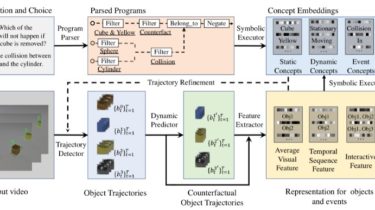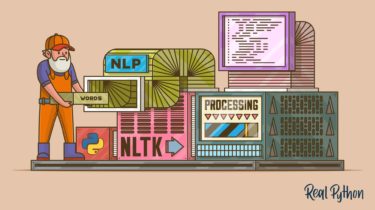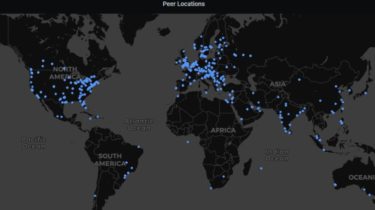Microsoft Research collaborates with KAIST in Korea to explore bimanual interactions with haptic feedback in virtual reality
Editor’s Note: Bimanual controllers are frequently used to enhance the realism and immersion of virtual reality experiences such as games and simulations. Researchers have typically relied on mechanical linkages between the controllers to recreate the sensation of holding different objects with both hands. However, those linkages cannot quickly adapt to simulate dynamic objects. They also make for bulky controllers that can’t be disconnected to support free, independent movements. This is the problem that researchers seek to solve in the recent […]
Read more



